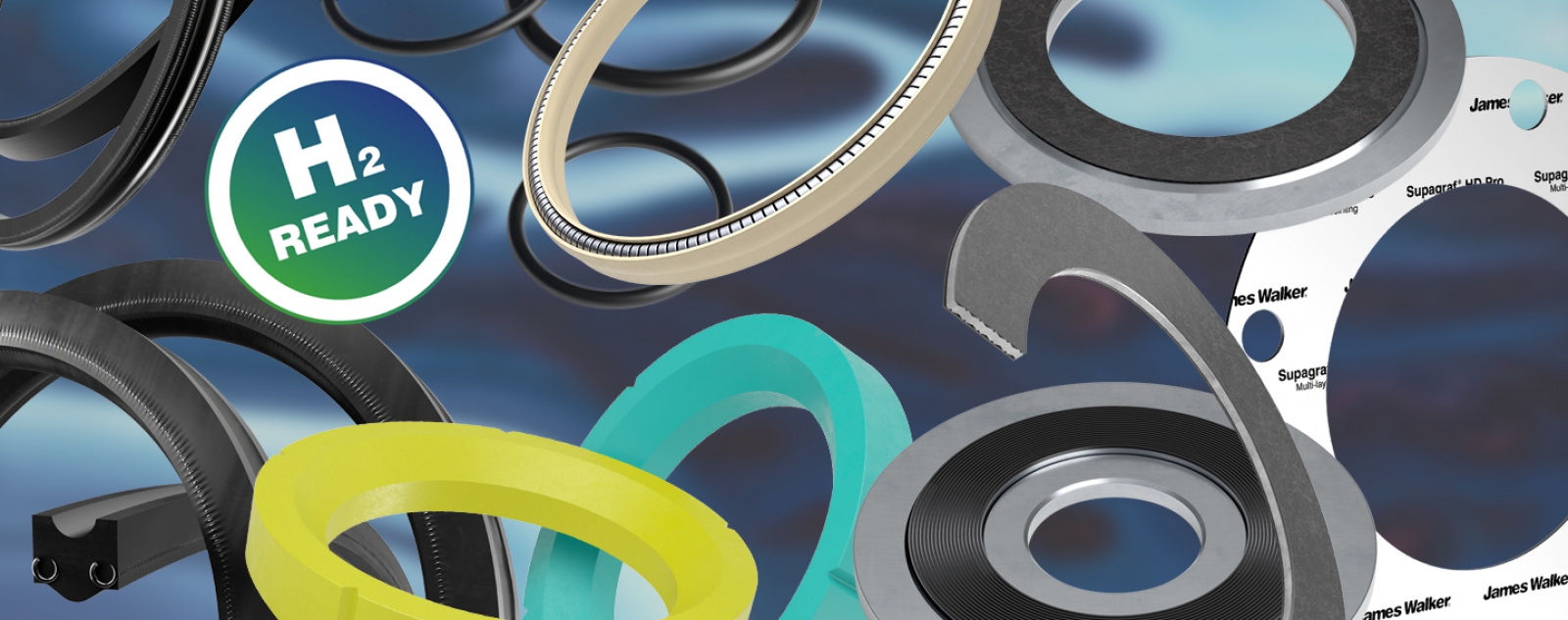James Walker addresses lack of industry standardisation for hydrogen compatibility testing

James Walker’s test and validation programme has identified a number of highly capable materials and products that are suitable for hydrogen service
The lack of industry standardisation places a significant burden on equipment manufacturers to confirm that products are appropriate and safe for use in hydrogen service.
Interest and investment in hydrogen is growing at a phenomenal rate as industrial and domestic energy use transitions from carbon intensive energy sources to low or zero carbon energy.
A growing number of sectors are now looking to utilise hydrogen, increasing demand for suitably compatible and safe technology to handle the production, transportation and storage of the medium.
The breadth of these applications and the pace of change have led to a gap in industry standardised and agreed methods of evaluating, testing and approving components and materials for use with hydrogen. This places a significant burden on the equipment manufacturer to confirm that products are appropriate and safe for use in hydrogen service without clear guidance on any suitable or consistent methods for evaluating product performance and safety.
As with any gaseous or liquid medium, managing and controlling the flow of product is critical and so James Walker has taken the initiative and is undertaking a programme of development, testing and validation of products and materials for sealing in hydrogen service.
“The objective is to give customers confidence that a product or material selected from our “H2 Ready” range is suitable for hydrogen service, and that any such selection can be supported with evidence from relevant testing,” explains product manager Patrick Stephen.
“Products from our compression packing and gasket ranges have been validated through fugitive emissions testing regimes such as ISO 15848-1 Class AH, API 622 and Shell specification SPE 77/312 in the case of packings and TA Luft VDA 2440 and Shell MESC SPE 85/300 for gasket products. All testing has been carried out by independent third parties.
In the case of materials from our thermoplastics and elastomer portfolios, these have been tested in line with existing industry standards, such as ISO 23936-2 (Norsok M-710 Annex B), using hydrogen gas as the medium. Our long history and experience of such testing provides relevant and well understood data against which to compare results and assess suitability.”
James Walker’s test and validation programme has identified a number of highly capable materials and products that are suitable for hydrogen service, backed-up by test results and reports to demonstrate operational suitability. This information is available on the company’s website and will be the focus of its exhibition stands at the forthcoming Hydrogen Technology conference in Bremen and Valve World Europe in Dusseldorf.
As the validation programme continues, the range of products and materials suitable for hydrogen service will be extended – look out for the ‘H2 Ready’ icon when using the James Walker website or literature and direct any questions about qualifying, specifying or selecting products to their product and materials experts through your local James Walker office.
Follow the link for further information: Hydrogen plant | Fugitive emissions control | James Walker
|
Tel No: |
+44 1270 536 000 |
|
Email: |
|
|
Website: |
|
|
LinkedIn: |

| Telephone: | 01270 536000 |
| Email: | sales.uk@jameswalker.biz |
| Website: | www.jameswalker.biz |
| More information on the James Walker BVAA Member Directory Page |
Search related valve / actuator articles: James WalkerIssue 77SealsHydrogen







-web.jpg)





